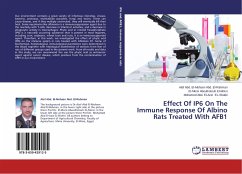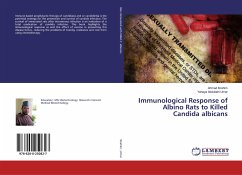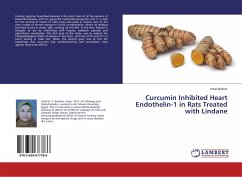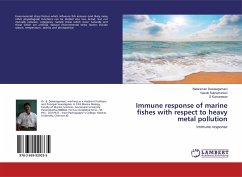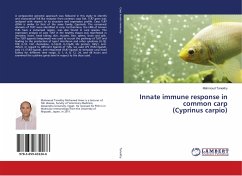Our environment contains a great variety of infectious microbes, viruses, bacteria, protozoa, multicellular parasites, fungi and toxins. These can cause disease, and if they multiply unchecked, they will eventually kill their host. Some mycotoxins like aflatoxins is a Immunosuppression agent due to the reactivity with T-cells, decrease in Vitamin K activities, and a decrease in phagocytic activity in macrophages. Phytic acid or inositol hexaphosphate (IP6) is a naturally occurring substance that is present in most legumes, including corn, soybeans, wheat bran and nuts, it is an immunosupported agent. Therefore, in this work, we investigated the effect of phytic acid (IP6) on the immune system in rats treated with Aflatoxin B1. Some of biochemical, hematological, immunological parameters were determined in the blood together with histological examination of sections from liver of rats of different groups used in the present work. From all results and data in this study, we can recommend the use the phytic acid as anticancer agent against cancer disease, which produce from the contamination of AFB1 in our environment.

